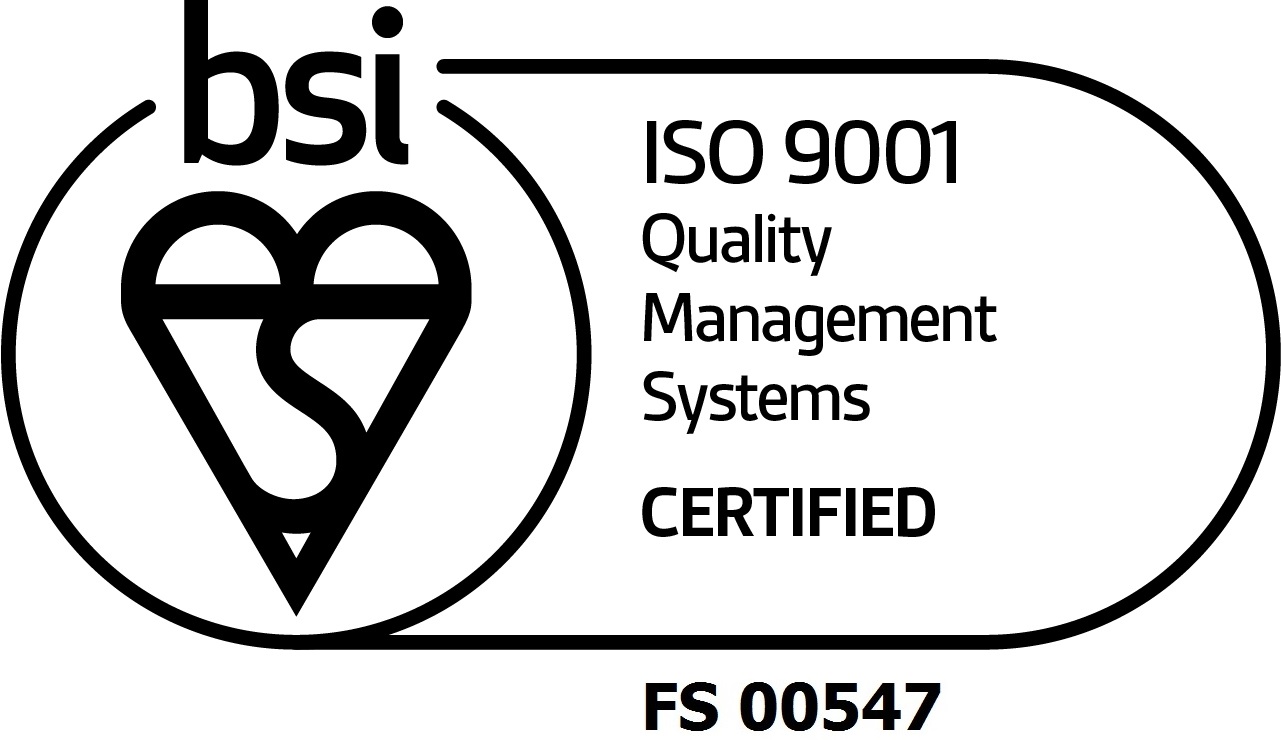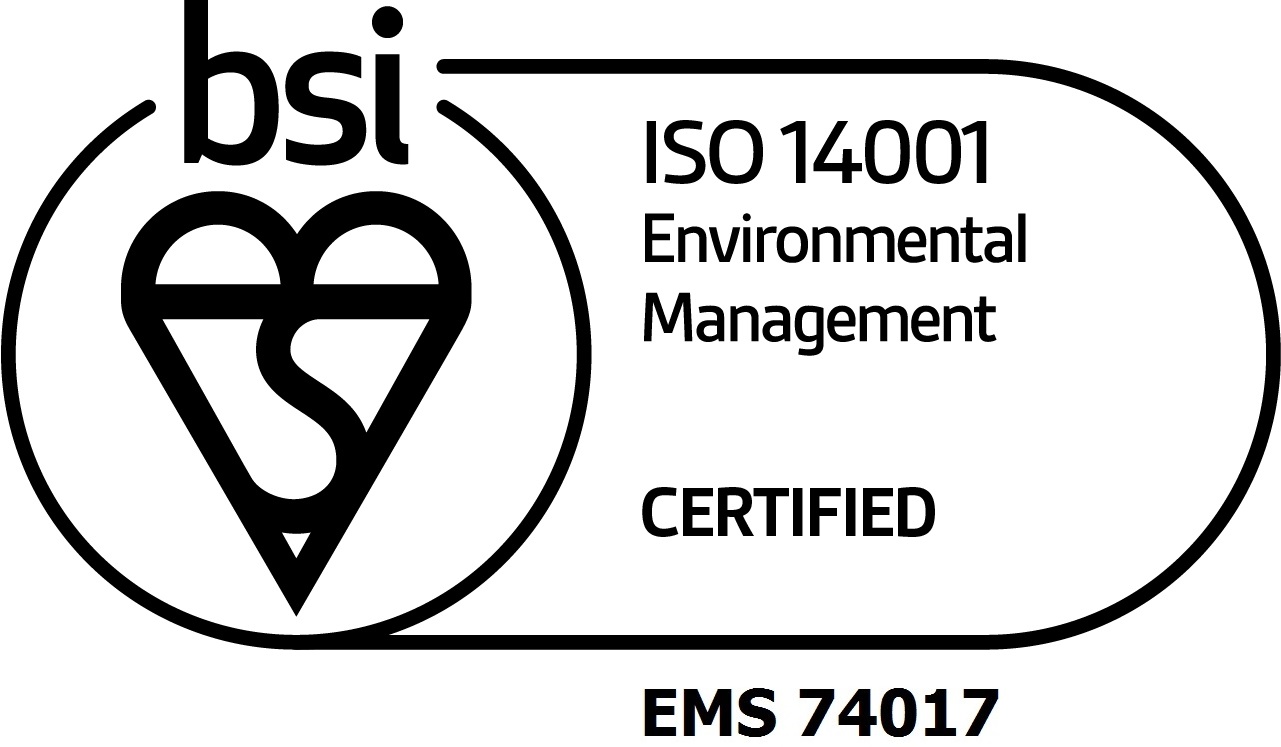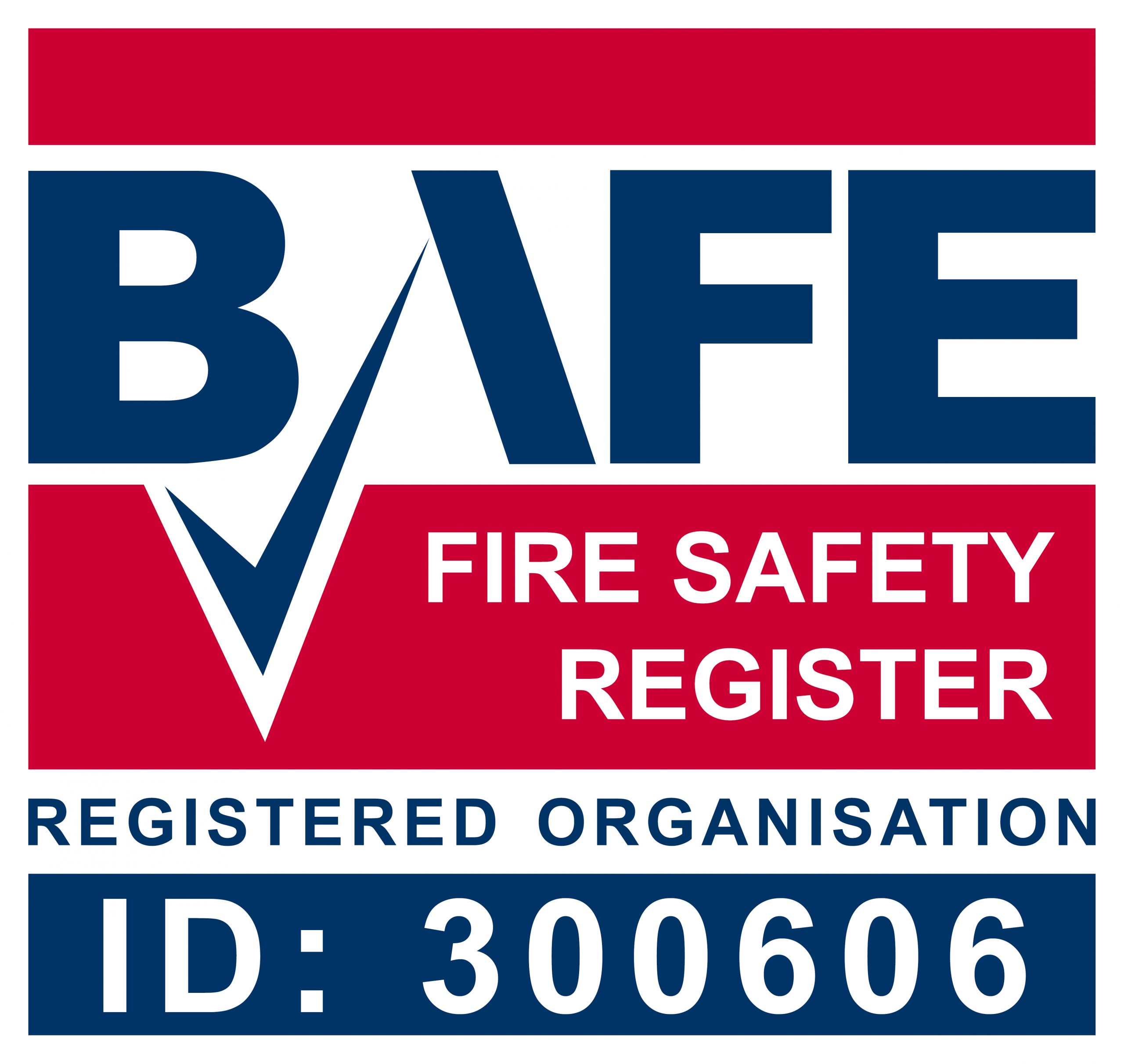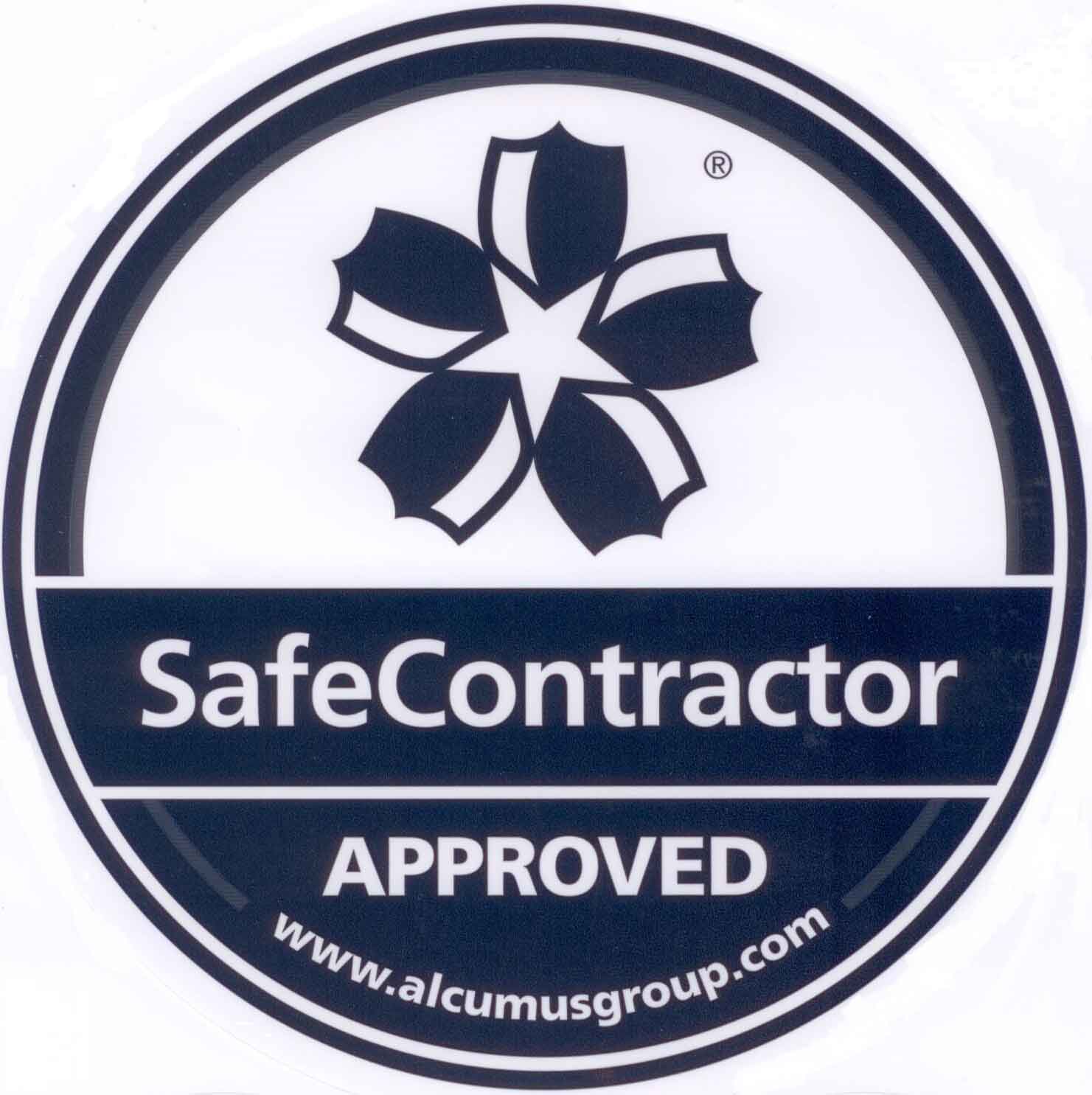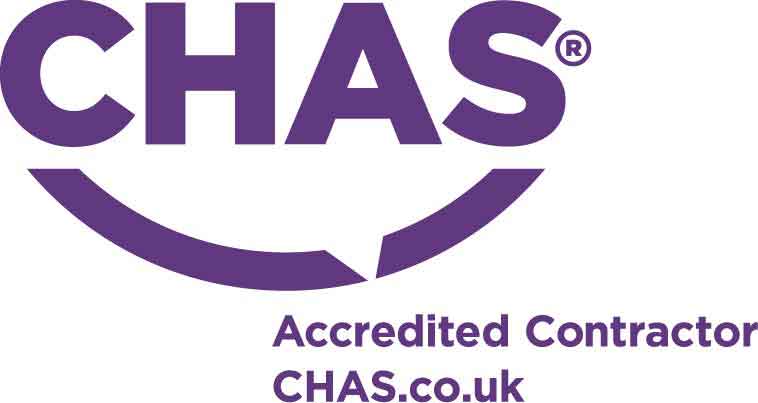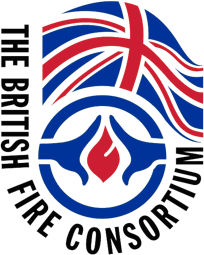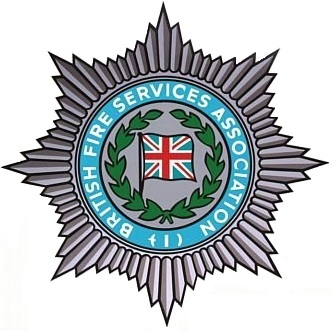There are a number of tools at the disposal of those tasked with preventing fires from wreaking damage on their commercial premises. Some are there to reduce the chances of a fire happening in the first place, some are there to prevent a fire from spreading, and some are there to put out a fire completely. A crucial tool that can be used to put out a fire is a fire suppression system. But you might be wondering ‘what is a fire suppression system?’
In this blog, we’ll explore everything you need to know about fire suppression systems. From how they work, to the different types available, you’ll gain a better understanding into the ins and outs of these systems and how they can provide you with peace of mind knowing that your property is equipped to handle fire emergencies effectively.
What is a fire suppression system?
A fire suppression system is an automatic fire protection system that detects, controls, and extinguishes a fire. Typically found in commercial settings, these types of active fire protection systems are used to put out fires in a particular area using suppression agents such as water, gas, or wet chemicals.
The main purpose of a fire suppression system is to work automatically, detecting and suppressing a fire before it becomes uncontrollable and causes costly damage to a property and its assets. This also allows for people within the building to quickly and safely evacuate.
Because fire suppression systems need no human intervention to make them work – although many will include a manual option – they are often located in more remote parts of a building unoccupied or seldom visited by members of staff. This means they can start fighting a fire considerably sooner than if it were left to people armed with extinguishers.
How do fire suppression systems work?
A fire suppression system will detect a fire, whether that’s by picking up on heat, smoke, or flames, and sound an alarm at the premises in question, although an alarm can also sound at the local fire station. Once a fire has been detected, the system will automatically and immediately release the appropriate substance designed to put the fire out.
You may think they are very similar to a sprinkler system, and you’d be right to think this. The main difference is that sprinklers dispense water only, and water is not an appropriate suppressant for all fires, for example those involving electrical equipment or cooking oil.
In the same way that different types of fire extinguishers are located in different areas of a building to deal with the appropriate fire risk present, different fire suppression systems are needed in different parts of a building, depending on your industry.
What are the different types of fire suppression systems?
As mentioned, there are a number of different types of fire suppression systems, each designed to tackle different types of fires. Some of the most common types of fire suppression systems include:
- Gas suppression systems – these are ideal for electrical fires, particularly in server rooms or data centres for example.
- Kitchen fire suppression systems – these are designed to safely deal with fires that are started from burning cooking fats and oils.
- CO2 suppression systems – these are ideal for Class A (ordinary combustibles), B (flammable liquids), and C (flammable gases) fires.
- Dry chemical suppression systems – these are ideal for Class, A, B, and C fires, as well as electrical fires.
- Wet chemical suppression systems – these are mainly used for Class A fires and those involving cooking oils and fats.
Understanding these different types of fire suppression systems can help you choose the best option for your environment. Conducting a comprehensive fire risk assessment will help you identify fire hazards unique to your environment and will therefore allow you to choose the right system for your building.
Which industries should invest in fire suppression systems?
Given how quickly a fire can take hold and how much damage can occur when it becomes out of control, it’s recommended that most industries should seriously consider whether a fire suppression system is a wise investment. Some of the most popular industries to install a fire suppression system include:
- Industrial and manufacturing – a fast and automatic response from a fire suppression system won’t just save on the potentially huge cost of replacing expensive stock and machinery, but it could also mean you avoid damaging delays to productivity and missed orders from customers.
- Data centres and server rooms – although these are rooms that are rarely occupied by people, they hold large quantities of expensive equipment and vital data. With that in mind, you need to be confident that a fire can be dealt with using the right type of suppressant immediately.
- Warehousing and storage – many warehouses contain large amounts of flammable materials, such as packaging. A fire could easily break and quickly get out of hand without the close immediate intervention that you only get with an automatic fire suppression system.
- Commercial kitchens – kitchen fires can become very large, very quickly and it’s essential that the right means of tackling them are used as soon as possible. Having someone panic and using the nearest thing to hand – such as water – could have disastrous consequences.
How much do fire suppression systems cost?
When it comes to fire suppression systems, it’s important to remember they’re a worthwhile investment as you’re ensuring the safety and protection of your building and its occupants. The cost of a fire suppression system can vary depending on several factors, such as the size of a property, the type of system required, and any additional features or requirements. That’s why it’s important to consult a professional fire safety provider, like Hoyles Fire & Safety, to assess your specific needs. Our fire safety specialists can provide you with expert advice on the most suitable system for your environment.
Speak to us for more information
We hope we’ve provided you with all the information you need when it comes to fire suppression systems. They are a popular type of active fire protection for many businesses as they don’t require human intervention to operate and provide a quick response should a fire break.
Here at Hoyles Fire & Safety, we supply, install, and maintain all kinds of fire suppression solutions, from gas suppression systems to those for commercial kitchens. Our experts operate across the UK and can assess your premises in Leeds, Bradford, or Huddersfield, and beyond to determine the right fire suppression system for your business whatever industry you operate in.
Don’t hesitate to contact us today to find out how we can help elevate fire safety in your workplace with our fire suppression systems.
Fire suppression systems FAQs
What is the best fire suppression system for my business?
The ideal system depends on your environment, materials at risk, and your fire risk assessment. For example, gas-based systems are often suitable for data centres, while kitchens might benefit from wet chemical systems.
How often should fire suppression systems be inspected?
It’s vital to ensure you conduct regular maintenance of your fire suppression system to ensure they function correctly in case of a fire. It’s recommended by fire safety regulations that fire suppression systems should be inspected semi-annually or annually by a competent person.
How quickly does a fire suppression system activate?
The beauty of fire suppression systems is that they are designed to activate almost immediately upon detecting a fire, such as smoke or heat, often within seconds, to help minimise damage and risk.
By Hoyles Fire and Safety Ltd



